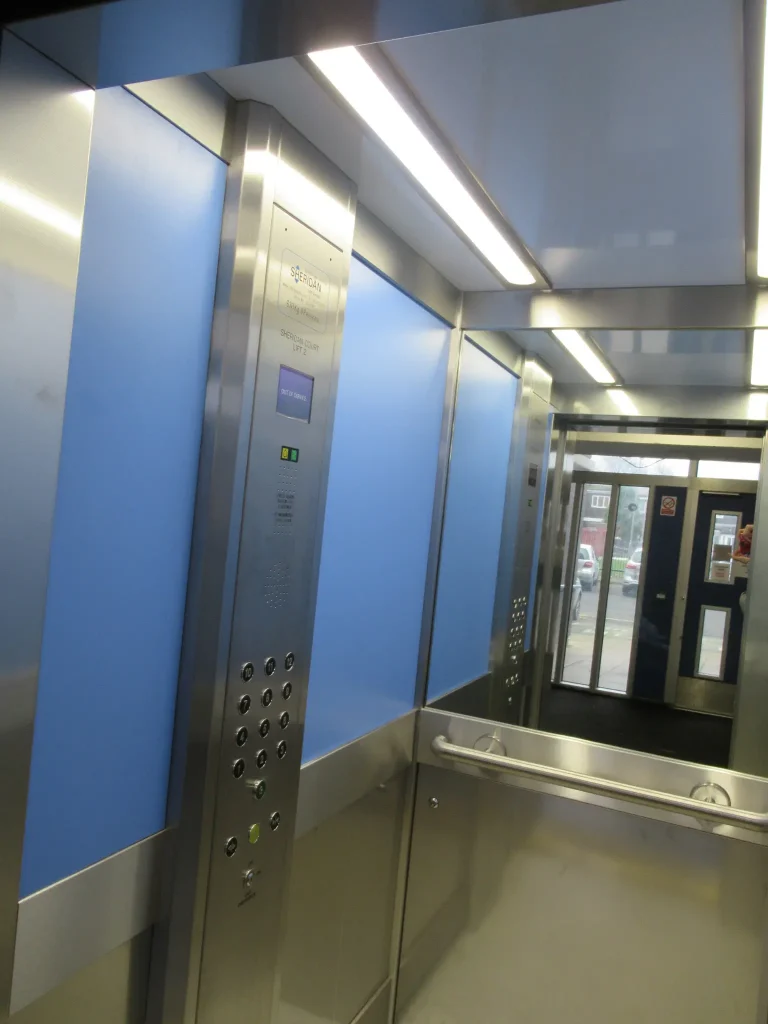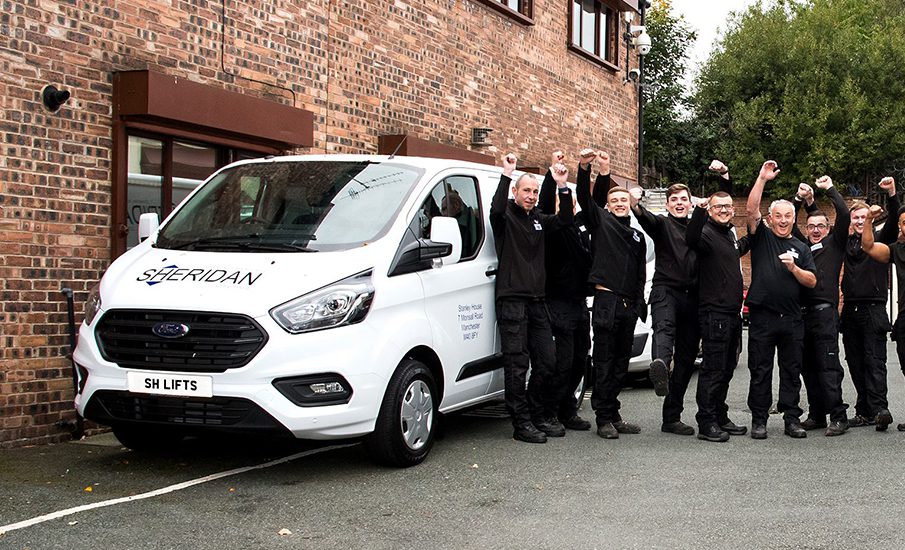The design of the firefighting or evacuation lift we install is determined by both the approved building regulations and the design of the building itself. The key building design elements to consider when designing and installing your firefighting lift include:
- How well insulated the building is
- The most logical access routes for where in the building people will evacuate
- How effective the building is in keeping water from getting into the lift
It may be that drains will need to be installed as the water from fire hoses comes in thick and fast, so pumps and drain measures will need to be included in the design of the lift to prevent the water levels from reaching a certain height and causing the lift to flood.
The lift car will be designed using fire-resistance materials to ensure it remains safe for use and in line with your building’s fire strategy. The fire strategy will take into account the safety features of the building and its equipment, such as the fire resistance of the lift doors and walls. It will also outline the floors on the building that need to be covered by the firefighting lift as it may not be essential that these lifts cover the building from top to bottom. Our expert engineers and project management team can discuss all of these fire safety aspects in more detail with you.
When it comes to installing the lift, our engineers will need to make sure that the structure is created using fire-resistant materials. This extends to the fire lobby and the locations of the fire detectors and extinguishers.
Another rule of thumb when installing firefighting lifts is that, if the lift landing entrances are greater than 7m, you must make sure there are escape doors in place. This is to provide an alternative route to safety for lift users should they be required. It should be made very clear to users of the building that firefighting lifts should not be used for moving goods unless it is essential and there are no other alternative lifts within the building. This is because, as you’d expect, time is of the essence in the event of an emergency, so firefighting lifts must be instantly accessible without the need of removing any obstacles to entry first.




